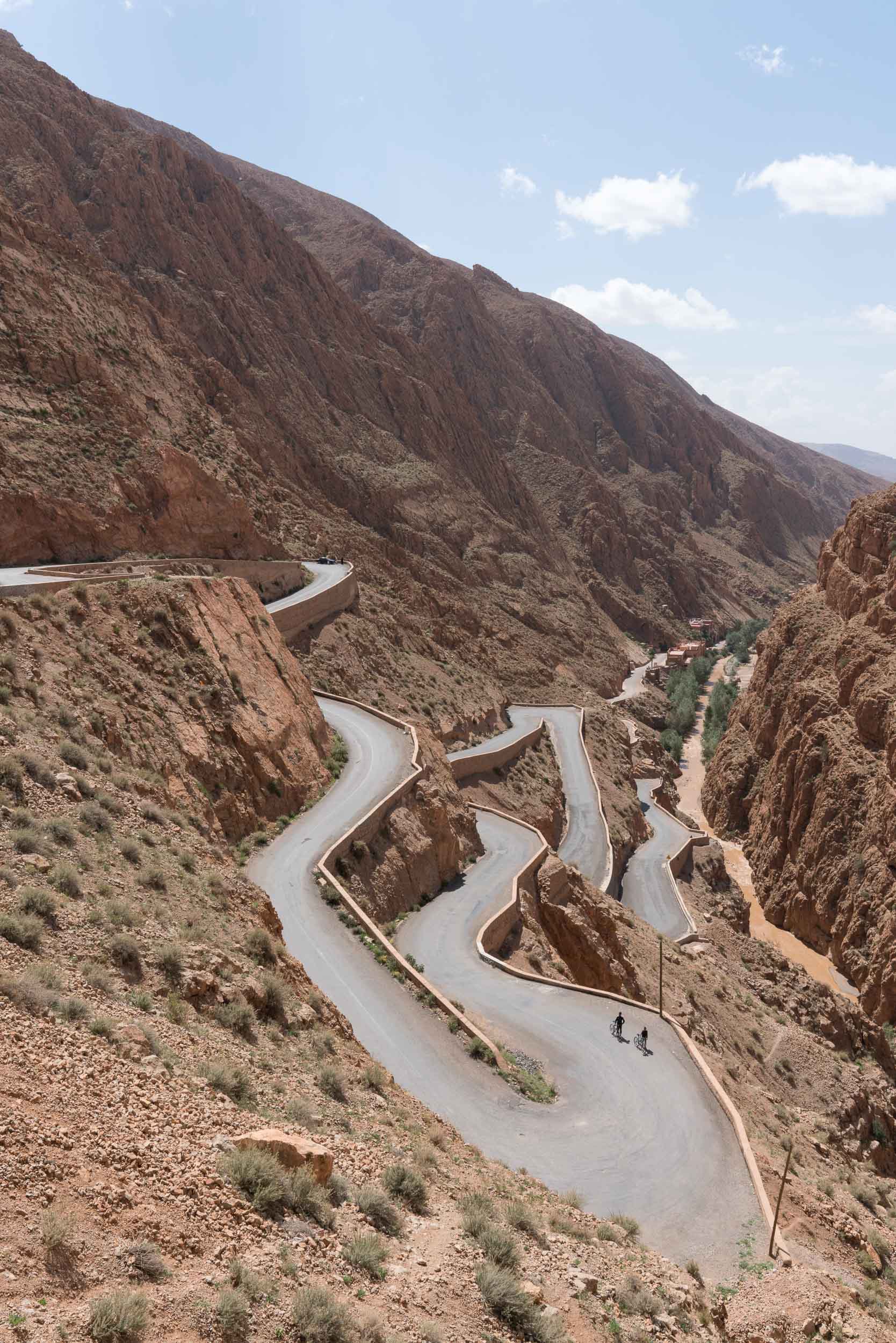Dar Ahlam means House of Dreams. We had arrived at the 200-year old kasbah after driving five hours through the Atlas Mountains from Marrakech. There is no reception, telephone or television and no keys. We were presented our room which had no number.
Meals are served anytime you would like and held at a different location each time. Breakfast in the garden, lunch by the pool, and dinner in one of the hidden rooms of the kasbah. One night we were surprised with dinner in a courtyard full of lanterns with a fire and local musicians playing for us. The cuisine varies from French to Moroccan but there is no menu. Each meal was a surprise and there was not a dish we did not like.
The spa offered a traditional Moroccan hammam experience except instead of a public bathhouse we had the spa to ourselves for an hour. The ritual begins with undressing fully before heading into a steam room. While lying on a marble slab, the attendant covers you with a black olive oil soap. You then get a vigorous scrubbing from head to toe with a kessa glove to exfoliate the skin. This is followed by being covered in rhassoul, a mineral clay from the Atlas Mountains, and then finally a thorough rinse. We felt completely refreshed after it all.
Excursions are available if you are not content with just staying at the kasbah. We visited the nearby Valley of the Roses, named for the flowers that bloom there each spring. Further along the road of a thousand kasbahs is Boumalne Dades, the site of the Dades gorge. We even spent a night in the Sahara desert, a five-hour drive from Dar Ahlam.
One of the most impressive sites is the ksar of Aït Benhaddou, a fortified Berber village. The Moroccan architecture made from clay can be seen everywhere. Due to the material, it sometimes felt as if a strong rain could melt away an entire town.

















